REVISION NOTES
IGCSE Edexcel Mathematics A
a
1.8 Degree of Accuracy
1.8.1 Round integers to a given power of 10
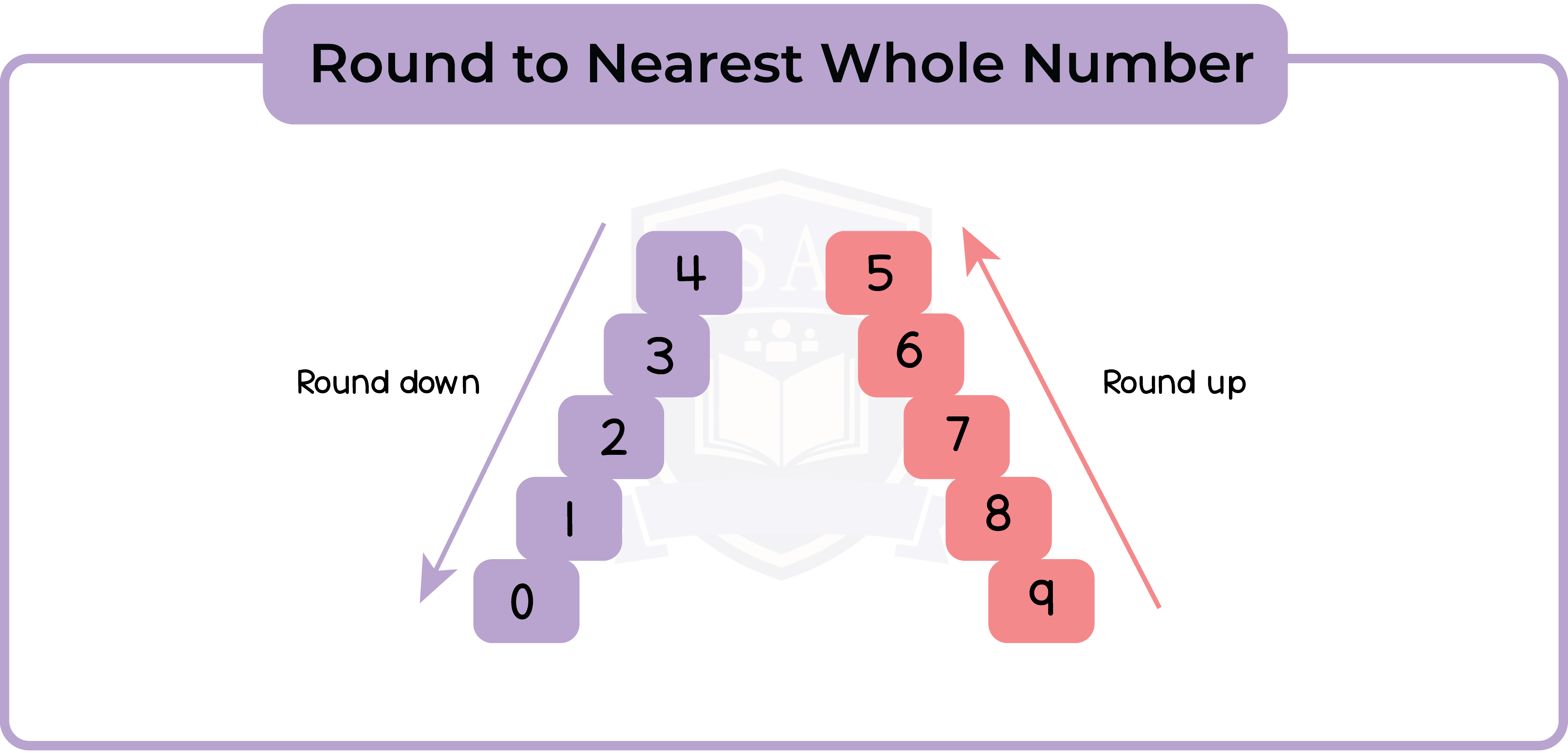
Type 1: Rounding to the nearest 10, 100, 1000…
1.8.2 Round to a given number of significant figures or decimal places
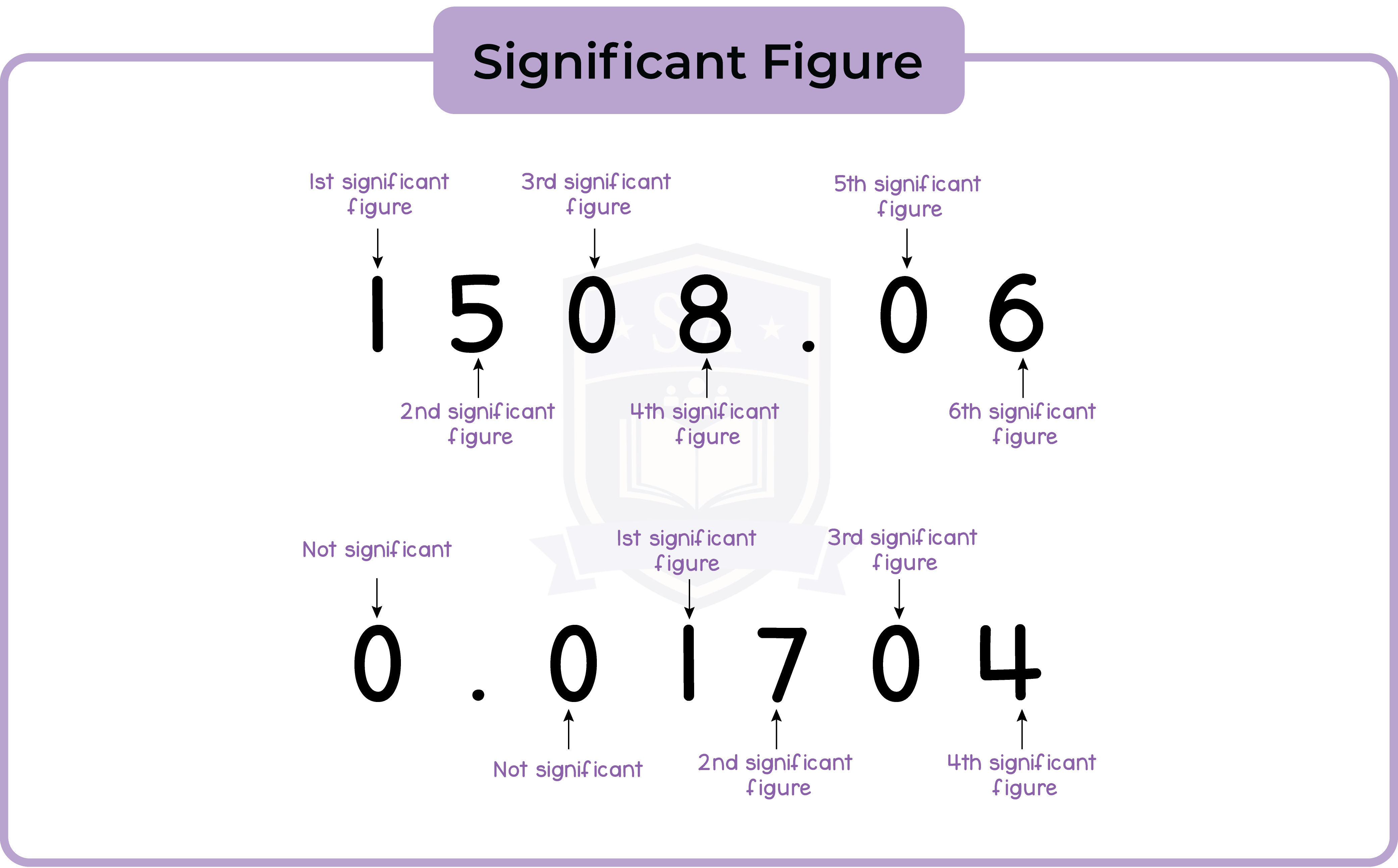
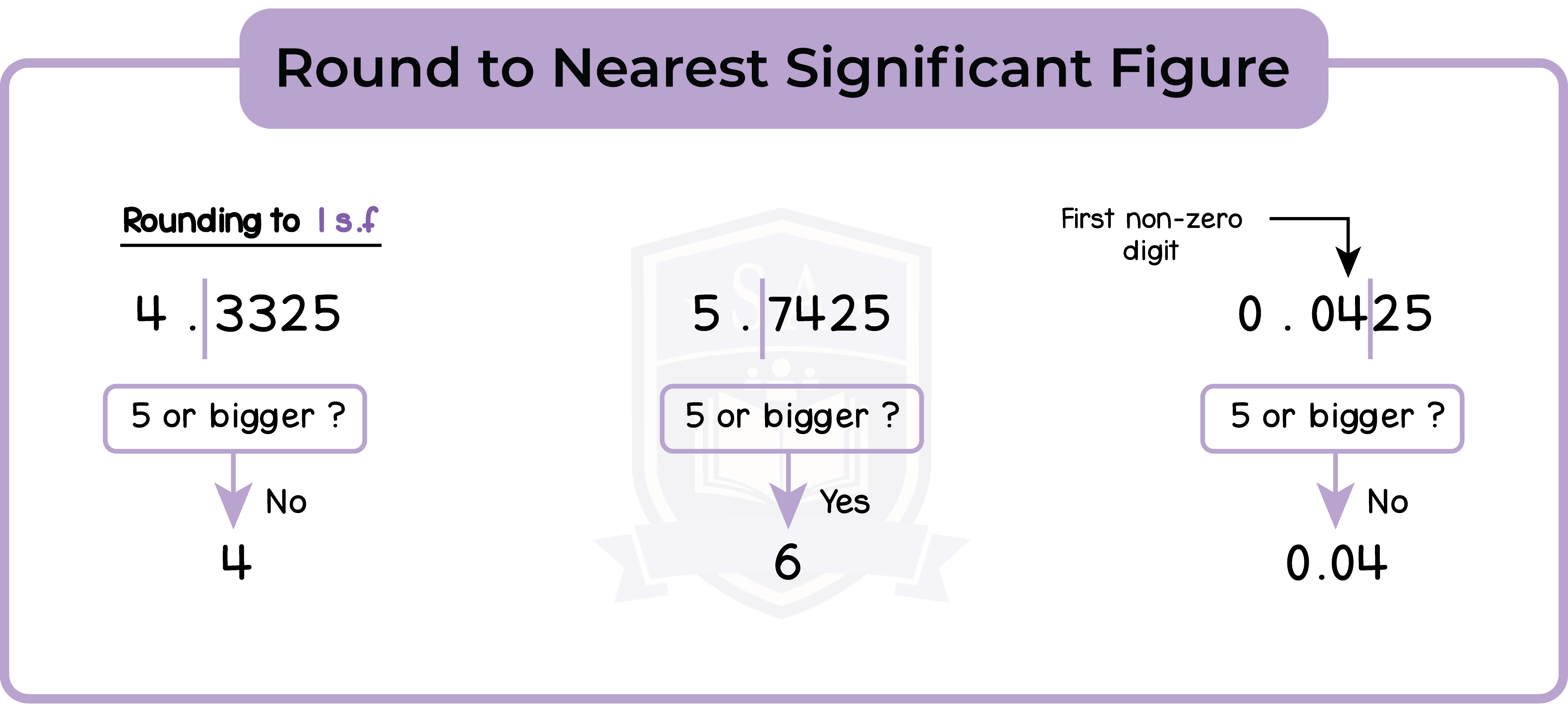
Type 2: Rounding to a given significant figures (s.f.)
Type 3: Rounding to a given decimal places (d.p.)
1.8.3 Identify upper and lower bounds where values are given to a degree of accuracy
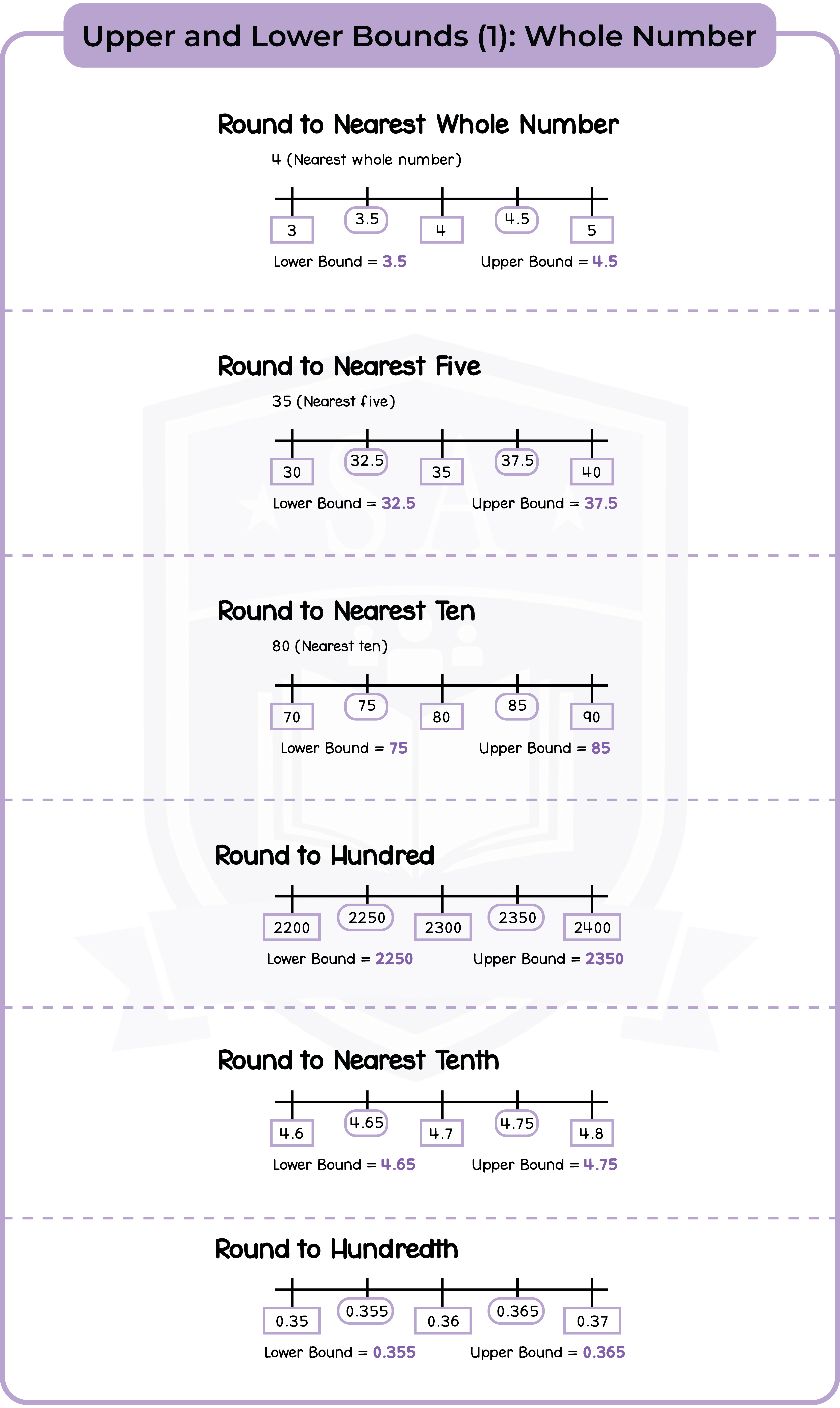
Lower bound = stated value minus half a ‘step’
Upper bound = stated value plus half a ‘step’
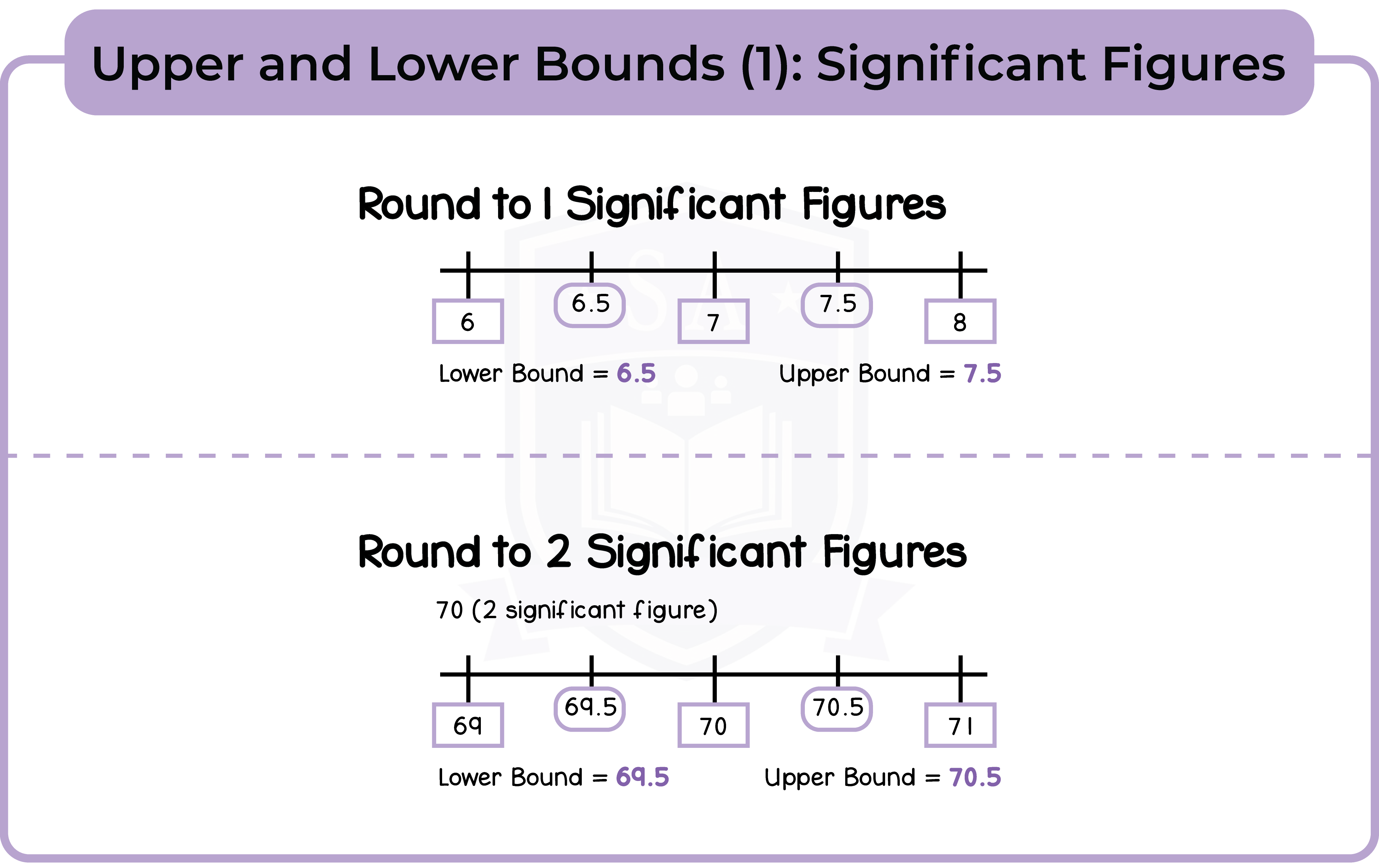
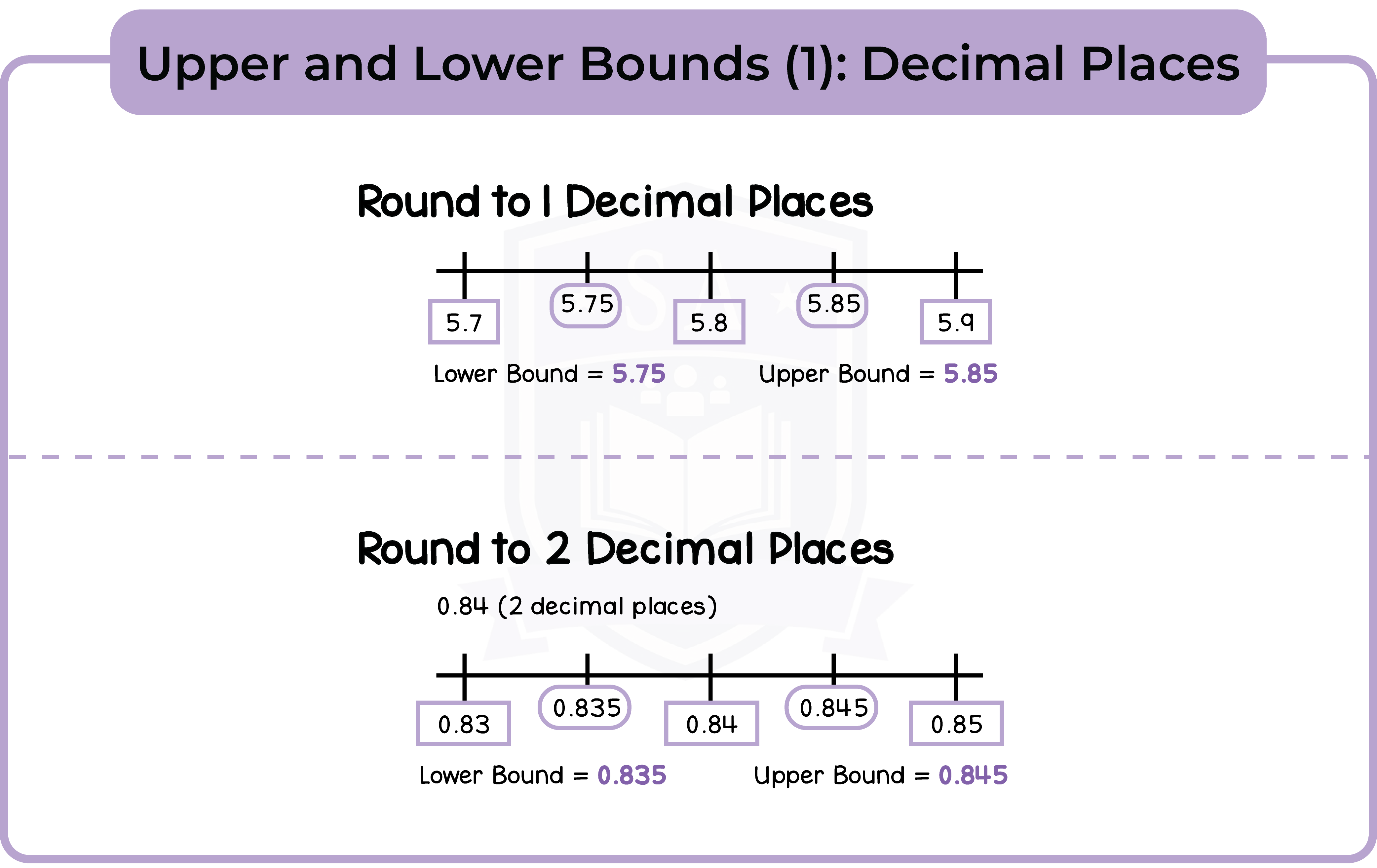
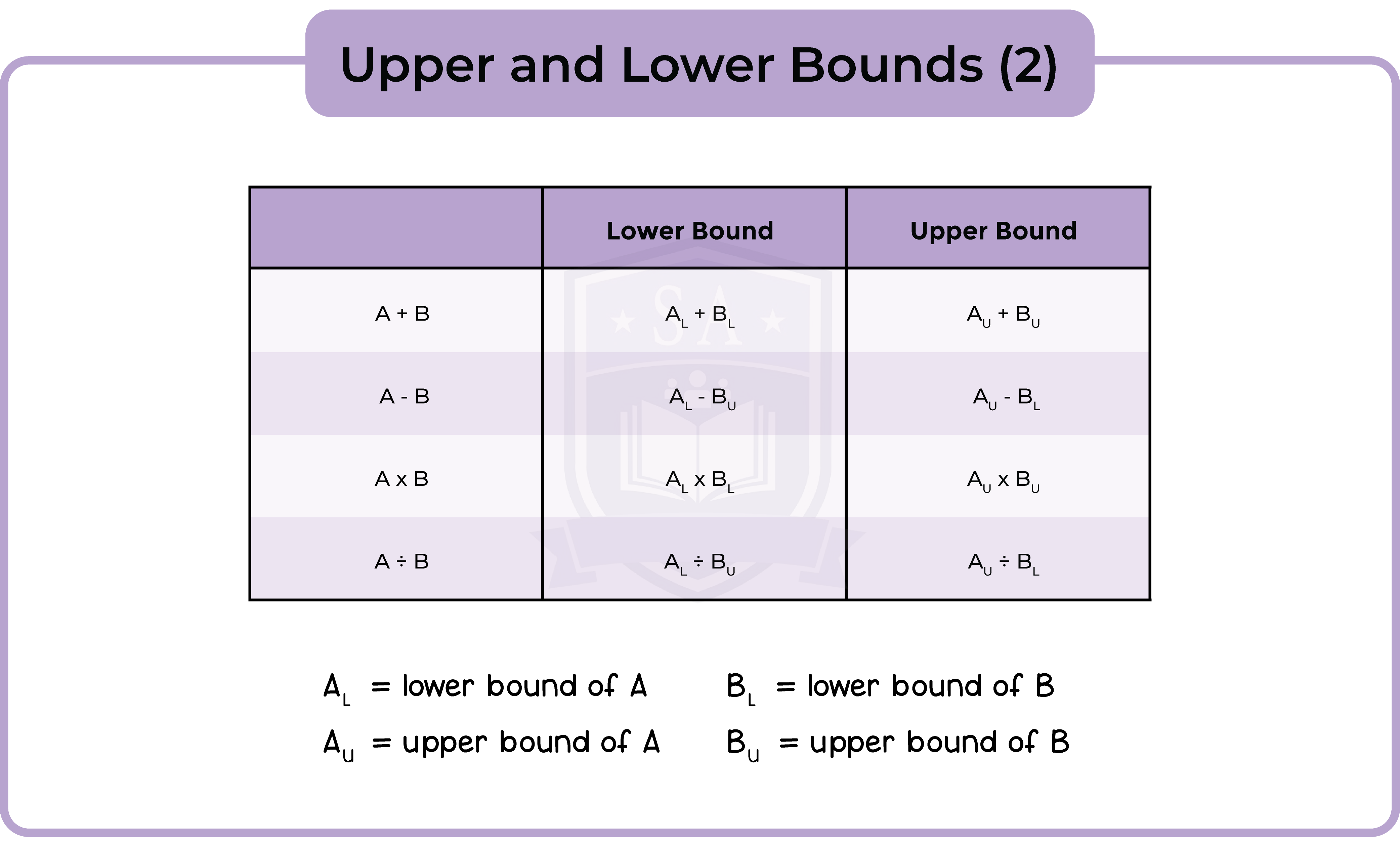
1.8.4 Use estimation to evaluate approximations to numerical calculations
1.8.5 Solve problems using upper and lower bounds where values are given to a degree of accuracy (Higher Tier Only)

